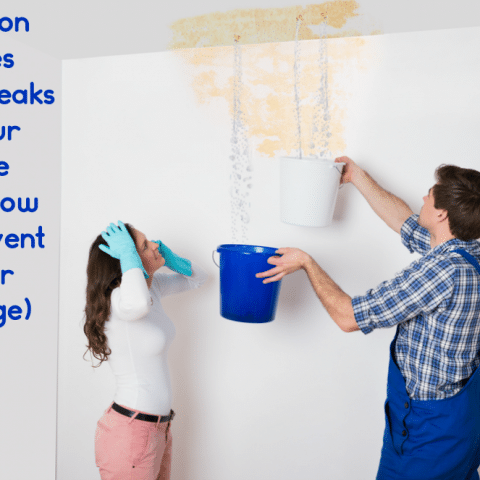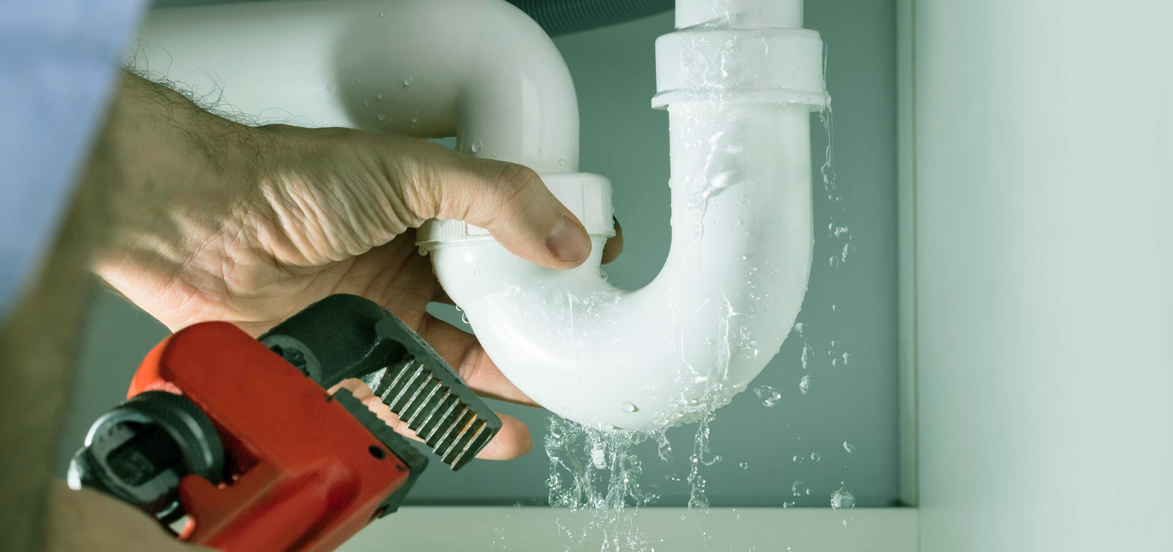How to Inspect If Your House Has a Concealed Leakage
How to Inspect If Your House Has a Concealed Leakage
Blog Article
The publisher is making a few good pointers relating to Locating water leaks in general in this article followed below.

The minute you discover a leak, calling your plumber for fixings is the best remedy. Nonetheless, some little water leakages may not show up. Right here are some hacks that help if you can not detect it with your nude eyes.
Early detection of leaking water lines can reduce a prospective disaster. Besides saving you money, it will lessen the worry and disappointment.
Examine Water Usage
Assess your water costs and also track your water consumption. As the one paying it, you need to see if there are any kind of discrepancies. If you find sudden changes, despite your usage coinciding, it suggests that you have leakages in your plumbing system. Keep in mind, your water expense need to fall under the exact same array every month. An abrupt spike in your bill suggests a fast-moving leakage.
A steady increase every month, also with the same routines, reveals you have a slow-moving leak that's additionally slowly rising. Call a plumber to completely examine your home, specifically if you really feel a cozy area on your floor with piping beneath.
Assess the circumstance and also check
Property owners should make it a behavior to check under the sink counters as well as even inside closets for any type of bad odor or mold and mildew growth. These two warnings indicate a leakage so punctual interest is required. Doing regular examinations, also bi-annually, can save you from a major issue.
Examine the Water Meter
Every house has a water meter. Examining it is a proven way that helps you discover leakages. For beginners, shut off all the water resources. Ensure no one will flush, utilize the tap, shower, run the washing equipment or dishwashing machine. From there, most likely to the meter and watch if it will change. Since no one is utilizing it, there must be no motions. If it relocates, that suggests a fast-moving leak. Likewise, if you identify no changes, wait a hr or two as well as inspect back again. This suggests you might have a sluggish leak that might even be below ground.
Asses Exterior Lines
Don't neglect to check your outside water lines as well. Examination spigots by affixing a yard hose pipe. Needs to water seep out of the link, you have a loose rubber gasket. Replace this and also ensure all links are tight. If you have actually got a lawn sprinkler, it will certainly help get it properly examined and also preserved annually. One little leakage can waste tons of water and surge your water bill.
Do a Food Coloring Test
When it comes to water consumption, 30% comes from commodes. If the shade somehow infiltrates your bowl during that time without flushing, there's a leakage between the container and also bowl.
A lot more notably, if you understand your house is already old, maintain a watchful eye on your heating systems, hoses, pipes etc. Check for discolorations and weakening as a lot of home appliances and pipes have a life expectancy. They will additionally naturally wear away due to deterioration. If you think dripping water lines in your plumbing system, do not wait on it to rise. Call a professional plumber right now so you don't wind up with a horrible mess in your house.
The minute you discover a leak, calling your plumber for repair work is the ideal solution. Some small water leakages may not be visible. Examining it is a guaranteed method that aids you discover leaks. One little leakage can throw away lots of water and also spike your water bill.
If you presume leaking water lines in your plumbing system, don't wait for it to escalate.
WARNING SIGNS OF WATER LEAKAGE BEHIND THE WALL
PERSISTENT MUSTY ODORS
As water slowly drips from a leaky pipe inside the wall, flooring and sheetrock stay damp and develop an odor similar to wet cardboard. It generates a musty smell that can help you find hidden leaks.
MOLD IN UNUSUAL AREAS
Mold usually grows in wet areas like kitchens, baths and laundry rooms. If you spot the stuff on walls or baseboards in other rooms of the house, it’s a good indicator of undetected water leaks.
STAINS THAT GROW
When mold thrives around a leaky pipe, it sometimes takes hold on the inside surface of the affected wall. A growing stain on otherwise clean sheetrock is often your sign of a hidden plumbing problem.
PEELING OR BUBBLING WALLPAPER / PAINT
This clue is easy to miss in rooms that don’t get much use. When you see wallpaper separating along seams or paint bubbling or flaking off the wall, blame sheetrock that stays wet because of an undetected leak.
BUCKLED CEILINGS AND STAINED FLOORS
If ceilings or floors in bathrooms, kitchens or laundry areas develop structural problems, don’t rule out constant damp inside the walls. Wet sheetrock can affect adjacent framing, flooring and ceilings.
https://www.servicemasterbyzaba.com/blog/how-to-detect-water-leakage-in-walls/

I came across that blog entry about Locating water leaks when browsing the web. Are you aware of another person who is inquisitive about the niche? Please feel free to promote it. Thank-you for your time invested reading it.
Report this page